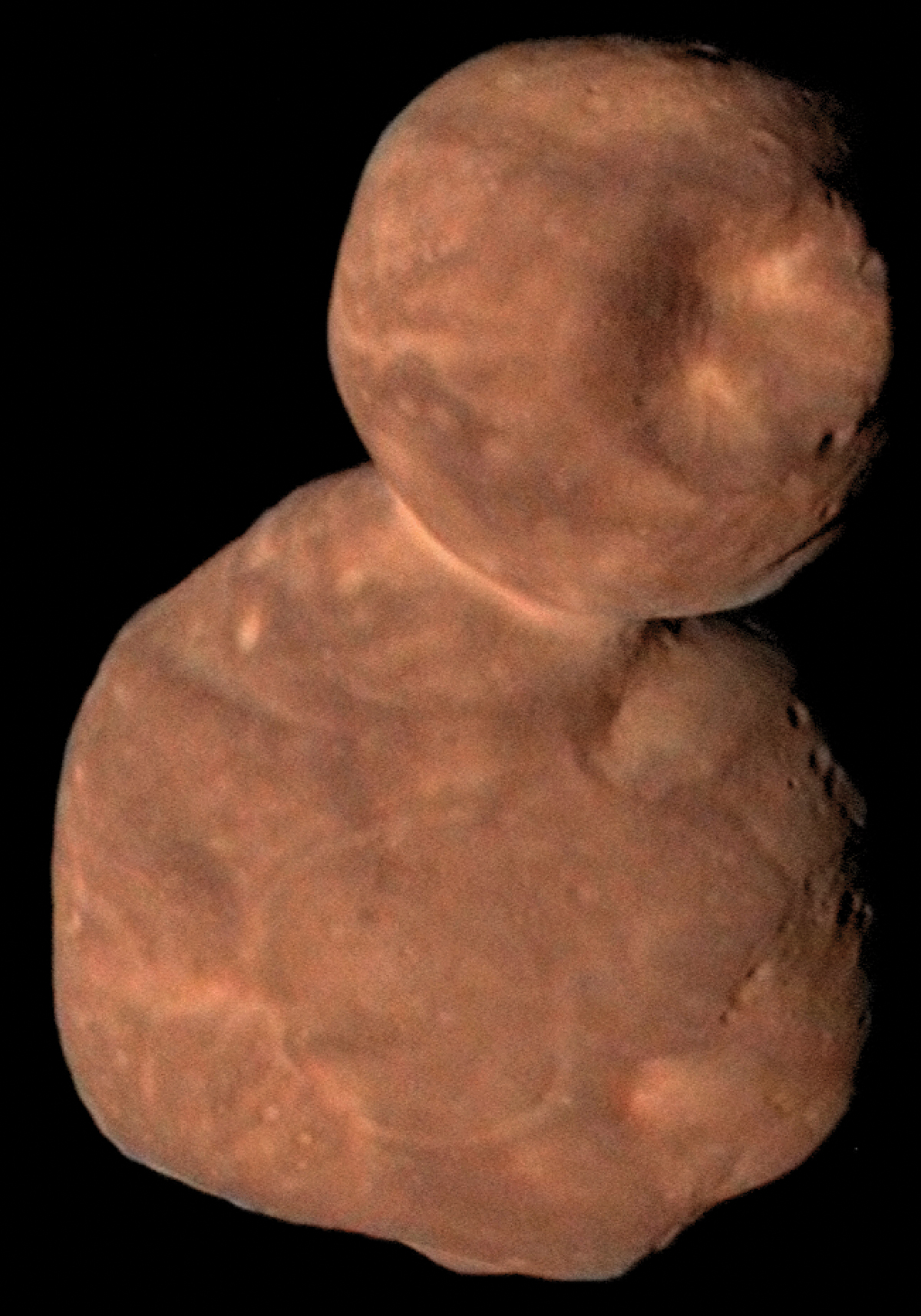Advertisement
Grab your lab coat. Let's get started
Welcome!
Welcome!
Create an account below to get 6 C&EN articles per month, receive newsletters and more - all free.
It seems this is your first time logging in online. Please enter the following information to continue.
As an ACS member you automatically get access to this site. All we need is few more details to create your reading experience.
Not you? Sign in with a different account.
Not you? Sign in with a different account.
ERROR 1
ERROR 1
ERROR 2
ERROR 2
ERROR 2
ERROR 2
ERROR 2
Password and Confirm password must match.
If you have an ACS member number, please enter it here so we can link this account to your membership. (optional)
ERROR 2
ACS values your privacy. By submitting your information, you are gaining access to C&EN and subscribing to our weekly newsletter. We use the information you provide to make your reading experience better, and we will never sell your data to third party members.
Physical Chemistry
Plate Tectonics And The Air We Breathe
Geological collision chemistry is identified as a source of Earth’s atmospheric nitrogen
by Jyllian Kemsley
October 27, 2014
| A version of this story appeared in
Volume 92, Issue 43
Geological movements of Earth’s crust have contributed to the planet’s nitrogen-rich atmosphere, according to research carried out at the Carnegie Institution of Washington (Nat. Geosci. 2014, DOI: 10.1038/ngeo2271). In areas where crustal plates collide and one plate subducts under the other, the subducting plate carries with it water and other materials that help create an oxidizing environment in the molten mantle beneath the overlying plate. The oxidizing environment favors formation of N2 in the mantle, compared with NH4+ in other areas, according to thermodynamic calculations done by Sami Mikhail, now at Bristol University, in England, and Dimitri A. Sverjensky of Johns Hopkins University. The N2 then degases to the atmosphere through volcanic emissions. The processes likely enriched Earth’s atmosphere in N2 starting in the early Archean period, about 3.5 billion years ago. “Plate tectonics has literally changed the air life breathes,” Mikhail says. In contrast to Earth, Mars and Venus lack plate tectonics and their atmospheres contain far less N2.





Join the conversation
Contact the reporter
Submit a Letter to the Editor for publication
Engage with us on Twitter